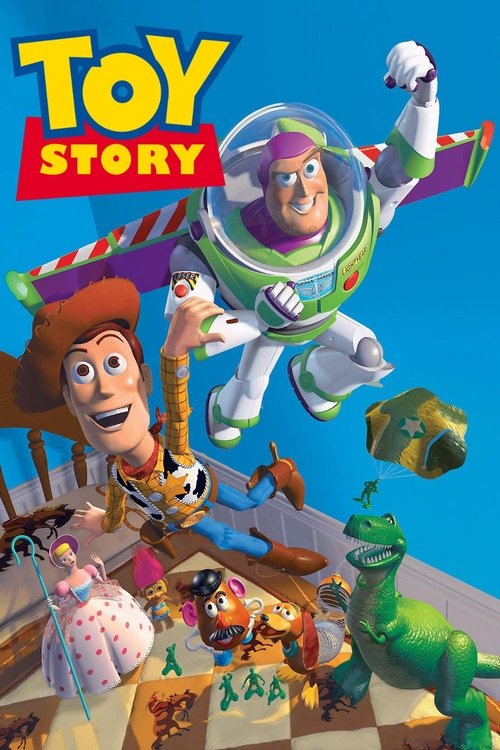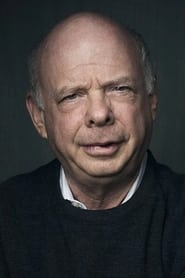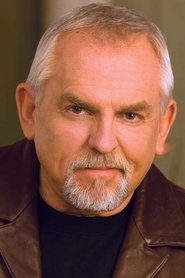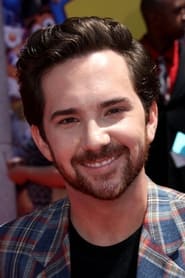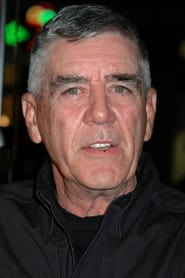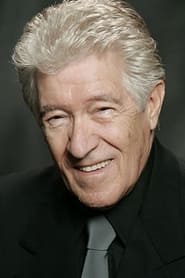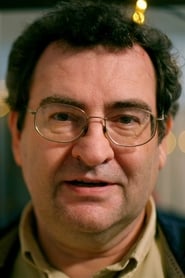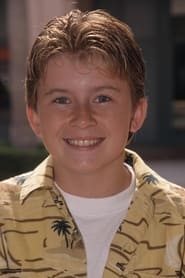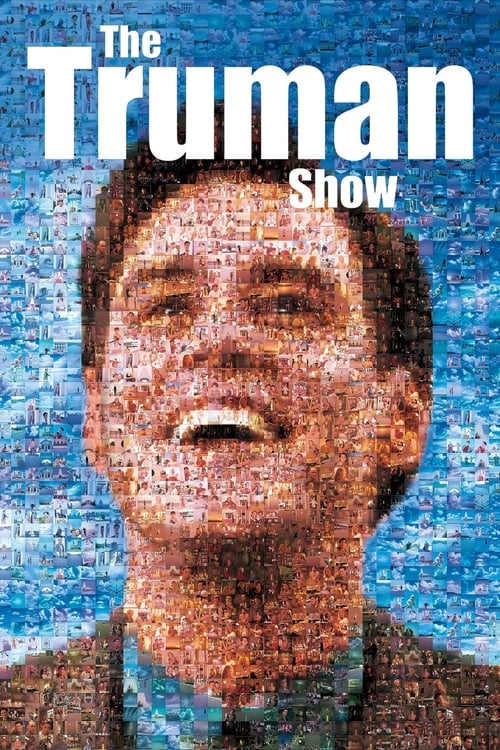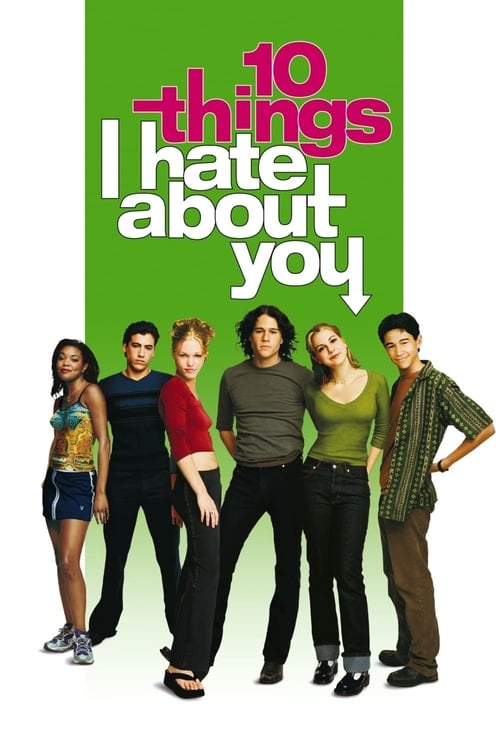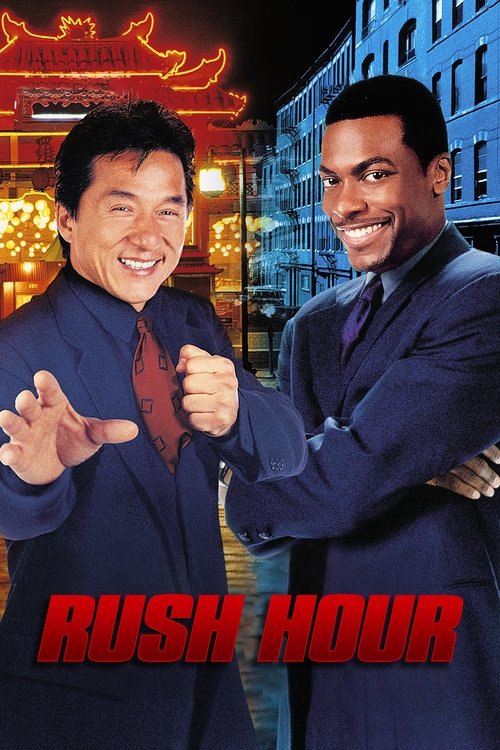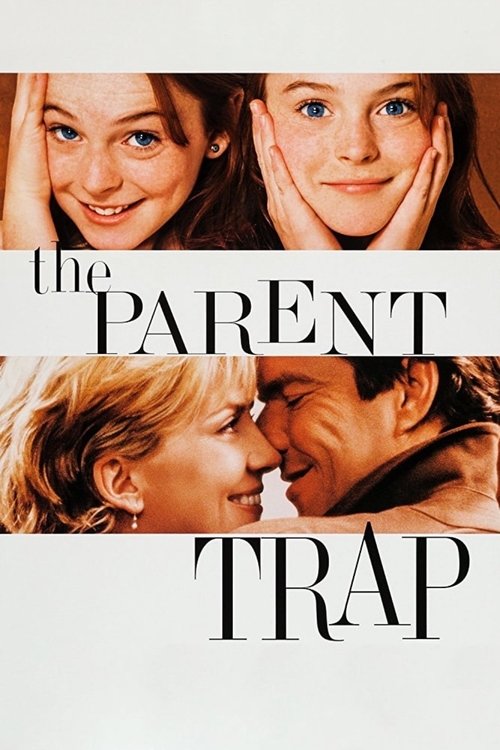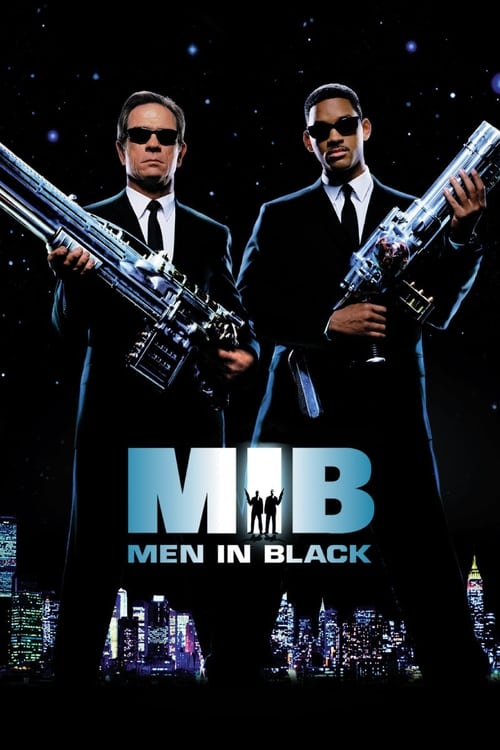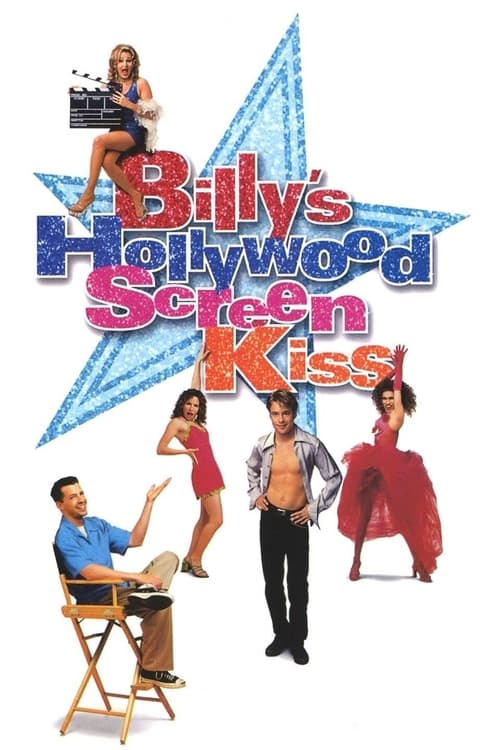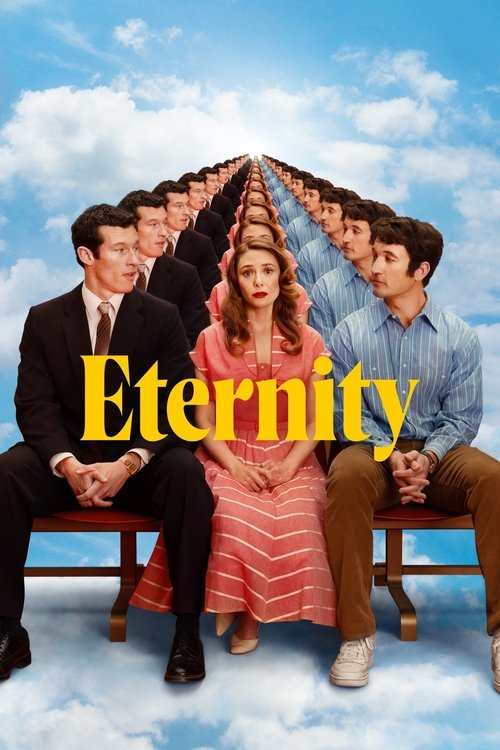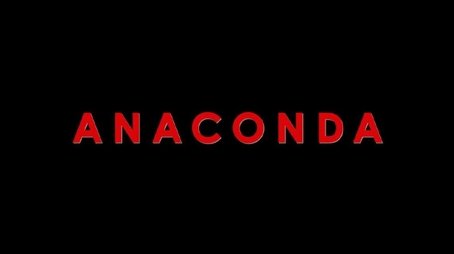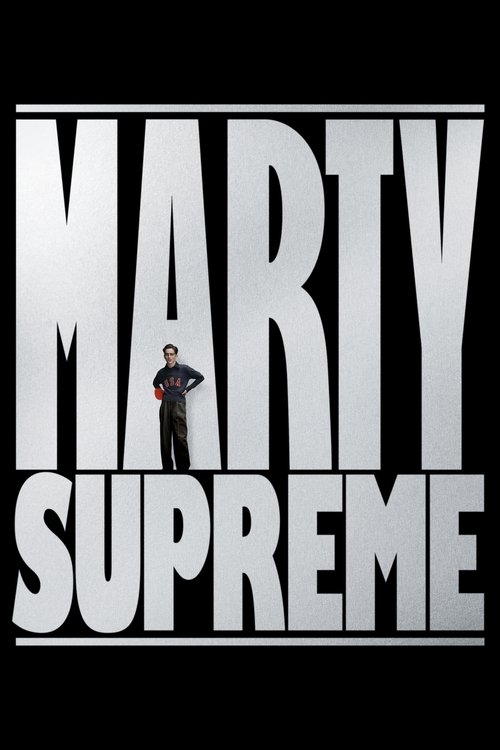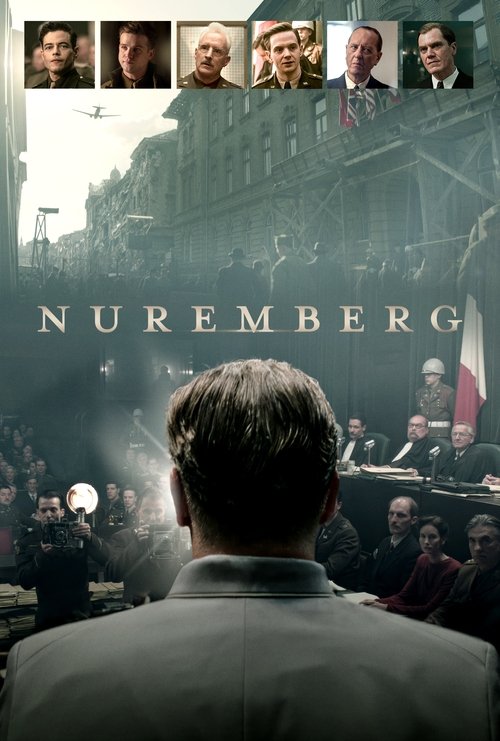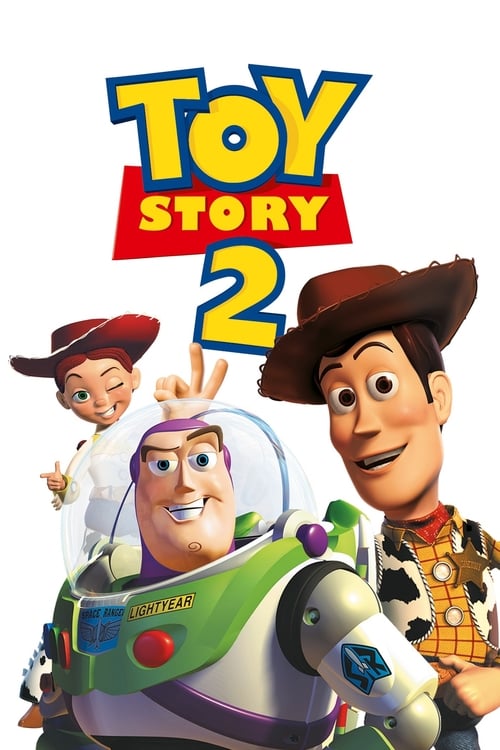
Ask Your Own Question
What is the plot?
In the heart of a sunlit suburban neighborhood, the world is alive in ways its human inhabitants never suspect. It is Andy Davis's bedroom--a child's kingdom of imagination--where the secret lives of toys unfold. The walls are painted sky blue, clouds drifting overhead, shelves lined with plastic and plush, and the floor scattered with the detritus of adventure: blocks, books, a cowboy hat, a battered sheriff's badge. The room brims with anticipation, for today is a day of change.
Sheriff Woody, a pull-string cowboy doll with a stitched grin and a voice box that chirps, "There's a snake in my boot!" stands tall atop Andy's bed. Woody is more than a toy--he is Andy's favorite, the undisputed leader of the toys, and the heart of their small community. As Andy, a bright-eyed boy of about six, orchestrates a wild west bank robbery with Woody in the starring role, the other toys--Mr. Potato Head, Slinky Dog, Rex the timid dinosaur, Hamm the wisecracking piggy bank, and Bo Peep the porcelain shepherdess--play their parts in Andy's imagination. When Andy's mother, Mrs. Davis, calls him away to prepare for his birthday party, the room falls silent. The toys freeze, lifeless as ever in the eyes of humans.
But as Andy's footsteps fade, Woody springs to life. "Okay, everybody, coast is clear!" he calls, his voice steady and reassuring. The toys animate, stretching, chatting, and gathering for a meeting. The atmosphere is tense. Andy's birthday, moved up unexpectedly, brings with it the existential dread of being replaced. Woody, sensing their anxiety, tries to calm them: "Hey, listen, no one is getting replaced. This is Andy we're talking about!" His words are meant to comfort, but the uncertainty lingers.
Sarge, the gruff leader of the Green Army Men, organizes a reconnaissance mission. The soldiers rappel down the hallway, baby monitor in tow, to spy on the birthday proceedings. The toys huddle around the monitor, nerves taut. Each new present is unwrapped with mounting dread. Then comes the moment that changes everything: Andy tears open a box to reveal a gleaming new action figure--Buzz Lightyear, Space Ranger.
Buzz is everything Woody is not: futuristic, flashy, packed with gadgets--a laser, pop-out wings, a blinking chest panel. He stands tall, chin up, and, crucially, he believes he is a real space ranger, not a toy. "Buzz Lightyear to Star Command, come in, Star Command," he intones, scanning the room for signs of intelligent life. The other toys are entranced, crowding around to marvel at his features. Woody watches, his smile faltering, as Andy's affections shift. That night, Andy peels Woody's nameplate from the bedpost and replaces it with Buzz's. Woody is relegated to the toy chest, his place of honor usurped.
The next days are a blur of change. Buzz becomes Andy's constant companion, the centerpiece of every game. Woody's jealousy simmers. He tries to rally the toys, but their attention is fixed on Buzz. The tension comes to a head two days before the move, when Mrs. Davis announces a special dinner at Pizza Planet, the local space-themed arcade. Andy is allowed to bring only one toy. Woody's heart sinks as Andy reaches for Buzz.
Desperation takes hold. Woody hatches a plan: if Buzz is lost, Andy will have no choice but to take Woody instead. He enlists RC, the remote-controlled car, to knock Buzz behind the desk, out of sight but unharmed. But the plan goes awry. Woody's push sends Buzz tumbling out the open window and into the bushes below. The room falls silent. Mr. Potato Head's eyes narrow. "He did it on purpose!" the toys shout, accusing Woody of attempted murder. Woody protests, but their faith in him is shattered.
Downstairs, Andy searches for Buzz but finds only Woody. He grabs the cowboy and heads for the car. As the family departs, Buzz, battered but unbroken, climbs into the car's undercarriage. At a gas station, Buzz confronts Woody, his voice cold: "You are a sad, strange little man, and you have my pity." The two brawl, tumbling from the car as it drives off, leaving them stranded beneath the harsh fluorescent lights of the Dinoco station. Woody is frantic. "Great, now I have to find Andy!" he mutters. Buzz, still convinced he must return to Star Command, is unmoved.
Woody spots a Pizza Planet delivery truck idling nearby. He persuades Buzz that the truck is a spaceship, their ticket home. They clamber aboard, hiding among pizza boxes as the truck hurtles through the night. At Pizza Planet, the chaos of flashing lights and roaring children is overwhelming. Buzz, spotting a claw machine shaped like a spaceship, makes a beeline for it, convinced it will return him to his home planet. Woody, desperate not to lose him again, dives in after.
Inside the claw machine, they are surrounded by a sea of green, three-eyed alien toys who chant in unison, "The Claw is our master. The Claw chooses who will go and who will stay." The claw descends, seizing Buzz. Woody grabs his leg, but both are plucked from the machine by Sid Phillips, Andy's next-door neighbor. Sid is a terror--wild-eyed, cruel, infamous for torturing toys. He cackles with glee as he carts his new prizes home.
Sid's house is a nightmare. The walls are plastered with warning signs, the floors littered with tools and toy parts. Scud, Sid's snarling bull terrier, prowls the halls. In Sid's room, Woody and Buzz encounter the mutant toys--grotesque assemblages of doll heads, spider legs, and mechanical arms. At first, Woody recoils in horror, but the mutants prove gentle, offering help and camaraderie.
The next morning, Sid's twisted imagination takes flight. He straps Buzz to a firework rocket, gleefully planning to launch him into oblivion. But a sudden thunderstorm delays the execution. Buzz, left alone, wanders the house and stumbles upon a television commercial advertising Buzz Lightyear action figures. The truth hits him like a meteor: he is not a space ranger. He is just a toy. Devastated, Buzz attempts to prove his worth by leaping from the banister, only to crash to the floor, his arm snapping off. He lies motionless, broken in body and spirit.
Woody, imprisoned beneath a milk crate, tries to rally Buzz. "You are a toy! You aren't the real Buzz Lightyear, you're an action figure!" he cries, his voice raw. But then, softer: "You are Andy's toy. And you are worth more to him than anything." The words reach Buzz, who, with the help of the mutant toys, reattaches his arm and regains his resolve.
Dawn breaks. Sid, cackling, carries Buzz to the backyard, rocket in hand. Woody must act. He enlists the mutant toys, orchestrating a daring rescue. As Sid prepares to light the fuse, Woody and the others spring to life. Woody's head swivels, his voice box crackling: "So play nice." The toys rise, crawling, shambling, surrounding Sid. The boy's face drains of color. He screams, dropping the match, and flees into the house, shrieking to his sister Hannah that the toys are alive. The reign of terror is over; Sid will never harm another toy.
But time is running out. Andy's moving van pulls away from the curb. Woody and Buzz, finally united, race after it, dodging Scud's snapping jaws. Buzz sacrifices himself, leaping onto Scud's back to save Woody. Woody scrambles into the moving truck, tossing RC out to rescue Buzz. The other toys, seeing Woody with RC, believe he is up to his old tricks and hurl him from the truck. Woody and Buzz, now truly alone, mount RC and speed after the van, batteries dwindling.
RC sputters to a halt in the middle of the road. Woody's eyes dart to the match Sid left in his holster. He strikes it, but a passing car blows it out. In a flash of inspiration, Woody ignites Buzz's rocket using sunlight and the magnifying lens of his helmet. The rocket roars to life, propelling them skyward in a blaze of smoke and fire. "This is falling--with style!" Buzz shouts, deploying his wings to sever the tape just before the rocket explodes. They glide in a triumphant arc, soaring through the open sunroof of Mrs. Davis's car, landing safely beside Andy, who exclaims in delight, "Mom, I found them!"
The move is complete. In the new house, Christmas arrives. The toys gather around the baby monitor, listening as Andy tears open his gifts. Mr. Potato Head's eyes widen in joy as Molly receives a Mrs. Potato Head. Woody and Buzz, now friends and equals, lean against the windowsill, watching the snow fall. Woody grins, nudging Buzz. "What could Andy possibly get that is worse than you?" he jokes. The answer comes in the form of a bark--a dachshund puppy, wriggling in Andy's arms. Woody and Buzz exchange a nervous smile, bracing for whatever adventures the future may bring.
No toys die, though the specter of destruction hangs over them throughout. The mutant toys, once thought monstrous, reveal themselves as survivors and allies. Sid, the villain, is defeated not by violence but by the revelation of toy sentience--a secret that will haunt him forever. Woody, once consumed by jealousy, finds redemption in friendship. Buzz, humbled by the truth of his existence, embraces his role as a toy and a friend. The story ends not with a battle, but with a new beginning--a testament to loyalty, courage, and the enduring magic of childhood.
What is the ending?
At the end of Toy Story, Woody and Buzz Lightyear work together to return to Andy's house after being lost. They manage to outsmart Sid, the toy-torturing neighbor, and reunite with the other toys just in time for Andy's family to move to a new house. Woody and Buzz become friends, accepting their roles as toys in Andy's life.
As the climax of Toy Story unfolds, Woody and Buzz Lightyear find themselves in a precarious situation at Sid's house, where Sid, the neighborhood bully, has been known for his cruel treatment of toys. After a series of harrowing encounters, Woody and Buzz devise a plan to escape Sid's clutches. They witness Sid's terrifying methods of toy disassembly and manipulation, which heightens their urgency to leave.
In a pivotal moment, Woody confronts Sid, using the element of surprise to intimidate him. As Sid prepares to destroy Buzz, Woody springs into action, revealing himself as a sentient toy. This shocking revelation terrifies Sid, who runs away in fear, leaving Woody and Buzz free to escape. The two toys share a moment of camaraderie, realizing that they must work together to return to their owner, Andy.
The next scene transitions to the moving truck, where Woody and Buzz race against time to catch up with Andy's family. They navigate through the bustling streets, dodging cars and obstacles, showcasing their determination and teamwork. As they finally reach the moving truck, they encounter a moment of despair when they realize they are too late. The truck pulls away, leaving them behind.
However, Woody's quick thinking leads them to commandeer a nearby RC car. With Buzz steering and Woody pushing, they embark on a high-speed chase to catch up with the truck. The tension builds as they weave through traffic, narrowly avoiding accidents. Their friendship deepens as they rely on each other's strengths to overcome the challenges they face.
In a climactic moment, they successfully board the truck, reuniting with the other toys, who have been anxiously waiting for their return. The toys celebrate their victory, and Woody and Buzz share a heartfelt moment, acknowledging their bond and newfound friendship. They realize that they are both important to Andy, regardless of their differences.
As the moving truck arrives at the new house, Woody and Buzz are placed in the back of the car, watching as Andy and his family unload their belongings. The toys are filled with a sense of hope and excitement for their new adventures. Woody, now confident in his role as Andy's favorite toy, embraces Buzz as a true friend, and they both look forward to the future together.
The film concludes with a sense of closure and optimism. Woody and Buzz, alongside the other toys, settle into their new home, ready to face whatever challenges come their way. The final scene captures the essence of friendship, loyalty, and the importance of being there for one another, solidifying the bond between Woody and Buzz as they prepare for their next adventure in Andy's life.
Is there a post-credit scene?
In the movie "Toy Story," produced in 1995, there is no post-credit scene. The film concludes with a heartwarming resolution as Woody and Buzz Lightyear, having overcome their differences, embrace their friendship and the importance of teamwork. The final moments show Andy playing with his toys, and the screen fades to black, leaving the audience with a sense of closure and joy. The absence of a post-credit scene aligns with the film's focus on the themes of friendship, loyalty, and the adventures of childhood.
What is Woody's relationship with Andy?
Woody is Andy's favorite toy and serves as his loyal companion. He is a pull-string cowboy doll who has a strong sense of responsibility and leadership among the other toys. Woody's primary motivation is to ensure that Andy is happy and that he remains the top toy in Andy's collection.
How does Buzz Lightyear's arrival affect Woody?
Buzz Lightyear's arrival creates a sense of jealousy and insecurity in Woody. Initially, Woody fears that Buzz will replace him as Andy's favorite toy. This leads to a rivalry between the two characters, as Woody struggles with his feelings of inadequacy and the need to maintain his status.
What event causes Woody and Buzz to become friends?
Woody and Buzz become friends after they are accidentally left behind during a family move. They must work together to navigate the challenges of the outside world, including encounters with the neighbor's dog, Scud, and the journey back to Andy. This shared experience fosters a bond between them as they learn to rely on each other.
What is the significance of the 'You’ve Got a Friend in Me' song?
The song 'You've Got a Friend in Me' serves as a thematic anchor for the film, highlighting the importance of friendship and loyalty. It reflects Woody and Buzz's evolving relationship, emphasizing their journey from rivalry to camaraderie. The song encapsulates the emotional core of the story, illustrating how they come to understand and support one another.
How does Sid's character impact the story?
Sid, the next-door neighbor, serves as an antagonist in the story. He is a boy who enjoys torturing toys, which creates a sense of danger for Woody and Buzz. His character represents the fear of being discarded or destroyed, and his actions force Woody and Buzz to confront their own vulnerabilities. Sid's ultimate defeat, when the toys come to life and scare him, symbolizes the triumph of friendship and the importance of standing up for one another.
Is this family friendly?
"Toy Story," produced in 1995, is generally considered a family-friendly film, appealing to both children and adults with its themes of friendship, loyalty, and the importance of imagination. However, there are a few scenes that might be potentially objectionable or upsetting for very young children or sensitive viewers:
-
Jealousy and Rivalry: The character of Woody experiences intense jealousy towards Buzz Lightyear, which leads to moments of conflict and emotional distress. This jealousy is portrayed in a way that might be unsettling for some children.
-
Dangerous Situations: There are scenes where toys face perilous situations, such as being nearly harmed by a dog or being trapped in a moving vehicle. These moments can create tension and fear.
-
Emotional Conflict: Woody's internal struggle with his identity and fear of being replaced can evoke feelings of sadness or anxiety, particularly for children who may relate to feelings of insecurity.
-
Confrontation with Sid: The character Sid, who is depicted as a toy-torturing child, creates a darker atmosphere. His treatment of toys can be disturbing, as it showcases themes of destruction and fear.
-
Separation Anxiety: The emotional weight of the toys' fear of being abandoned or forgotten can resonate deeply, potentially causing distress for sensitive viewers.
While these elements contribute to the film's depth and character development, they may be challenging for some younger audiences. Overall, the film balances these moments with humor and heartwarming themes, making it suitable for family viewing.

